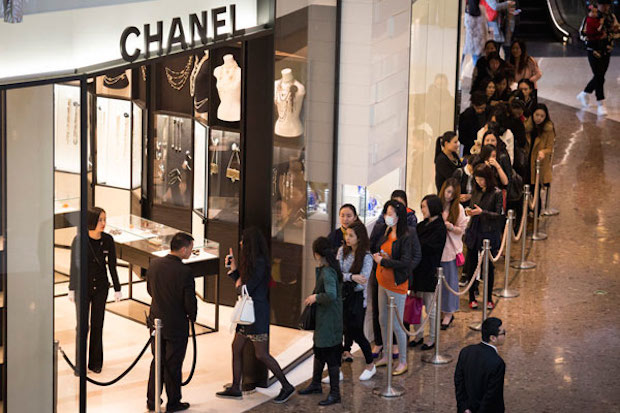Observing the growth of luxury brands in the last two decades, researchers have started giving greater attention to the phenomenon of luxury consumption. It has been observed that representation of social class via luxury consumption is one of the frequently discussed social issues. The word “luxury” refers to products or services of a very high standard; however, it elicits no clear understanding. Luxury is a slippery term to define because of the strong involvement of the human element and value recognition from others. However, researchers agree that luxury goods are conducive to pleasure and comfort, are difficult to obtain, and bring the owner esteem, apart from functional utility. Therefore, luxury goods enable consumers to satisfy their socio-psychological needs to a greater degree than regular goods.
While luxury brands are one of the most profitable and fastest-growing brand segments, yet at the same time the social influences associated with luxury brands are poorly understood and under-investigated. For example, how do consumers choose and consume luxury brands in the presence of others. The issue of social influences have been looked at in the extent literature however; the issue of interpersonal influences has not been studied in details with regards to luxury consumption.
The issue of interpersonal influence on regular consumption has received considerable attention. Burnkrant and Cousineau (1975) define “normative influences” as the tendency to conform to the expectations of others. Researchers also suggest that consumers’ consumption experiences are strongly influenced and shaped by their social environment and interpersonal interactions. Bearden, Netemayer and Teel (1989) identify two dimensions of susceptibility to interpersonal influences: (a) normative interpersonal influences and (b) informational interpersonal influences. Prior studies have suggested that luxury consumption is a social consumption phenomenon and consumers use such consumption as a means to impress significant others. Researchers also argue that even in the absence of direct visibility, consumers are concerned about which luxury brands will make a good impression on others. Therefore, luxury consumption may be highly susceptible to interpersonal influences. While luxury brands are highly visible within the social space, none of the earlier studies address how interpersonal influences affect consumers’ luxury consumption decisions.
Research studies have reported that in the presence of others, consumers make different choices from those they would have made by themselves. It is also suggested that extend the motive behind increased variety seeking is rooted in the desire to make a favourable impression on others. One of the prominent routes to achieving a better image in the eyes of significant others is through the acquisition and use of products and brands. Luxury goods offer a distinctive advantage in this context. Firstly, consumers who can afford luxury brands send a robust variety of signals throughout their social space that turn them into models of aspiration. Secondly, it may motivate those aspiring consumers who lack requisite purchasing power to go beyond their means to buy such brands to conform to the societal standards set by the group they wish to belong.
While the issue of interpersonal influences may be highly pertinent in the context of luxury, another interesting addition to the context would be to focus on cross-national comparisons and identifying how consumers across nations differ in their interpersonal influences with regards to luxury consumption. In their study of French Canadian and English Canadian consumers, Mourali, Laroche and Pons (2005) found that individualism has a significant negative effect on consumer susceptibility to normative interpersonal influences. This means that higher level of individualism will lead to lower levels of susceptibility to normative interpersonal influences and higher level of collectivism will lead to higher levels of susceptibility to normative interpersonal influences. For example, the individual index score for the UK and India is 89 and 48 respectively (Hofstede & Hofstede, 2004). According to the individualism index scores it can be suggested that Indian consumers may be more susceptible to normative influences because of the greater collective nature of their society. However, such assertion would need much further empirical evidence. Indeed, a ripe opportunity for research!!!
References:
Burnkrant, Robert E. and Alain Cousineau (1975), “Informational and normative social influence in buyer behavior,” Journal of Consumer Research, 2 (3), 206-15.
Bearden, William O., Richard G. Netemeyer, and Jesse E. Teel (1989), “Measurement of consumer susceptibility to interpersonal influence,” Journal of Consumer Research, 15 (4), 473-81.
Mourali, Mehdi, Michel Laroche, and Frank Pons (2005), “Individualistic orientation and consumer susceptibility to interpersonal influence,” Journal of Services Marketing, 19 (3), 164-73.







